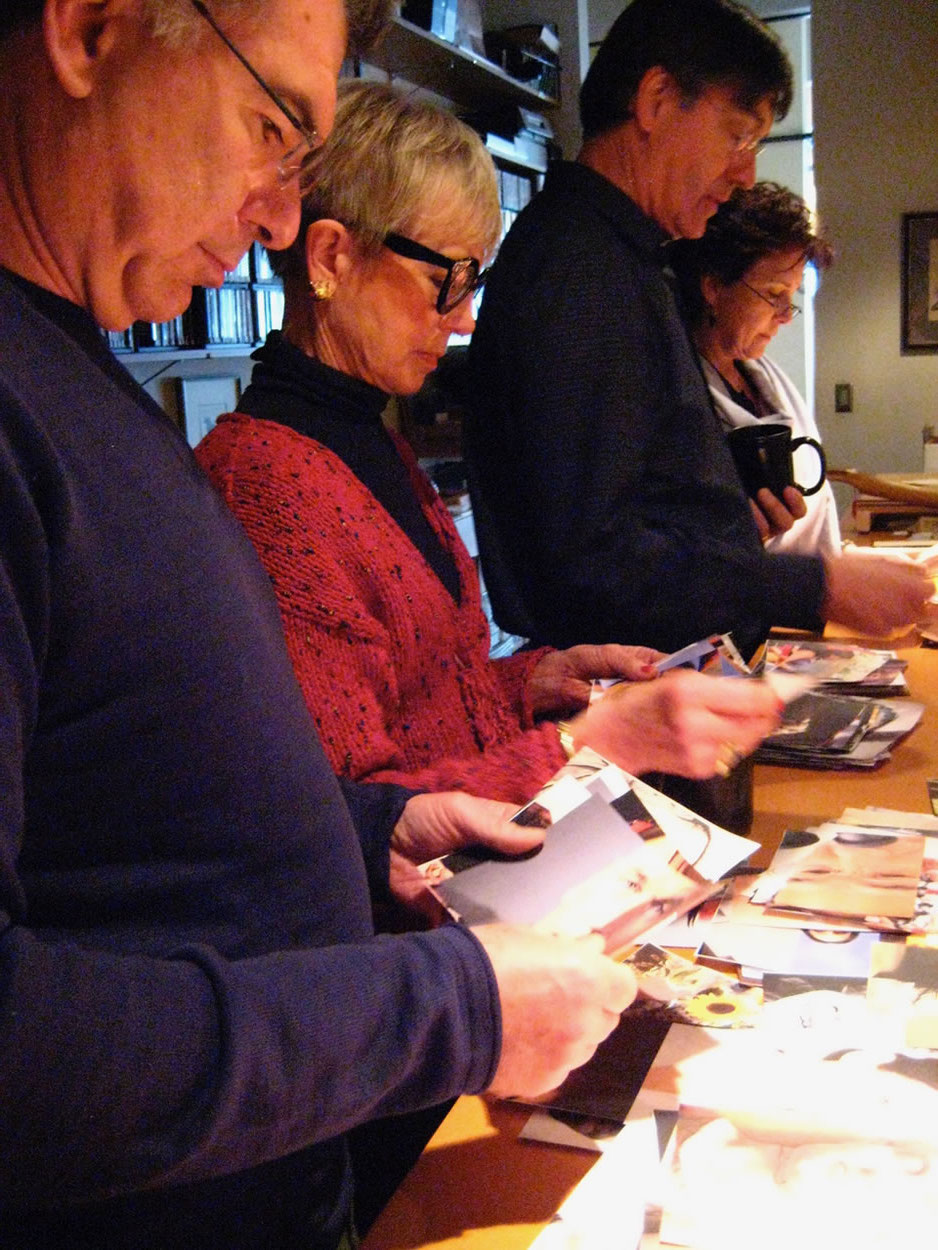THINKSHOPPING BRAND CHANGE | GIRVIN’S BRANDSCAPING
CHANGE MANAGEMENT,
ENTERPRISE EVOLUTIONS
AND ACCELERATED BRAND TRANSITIONING
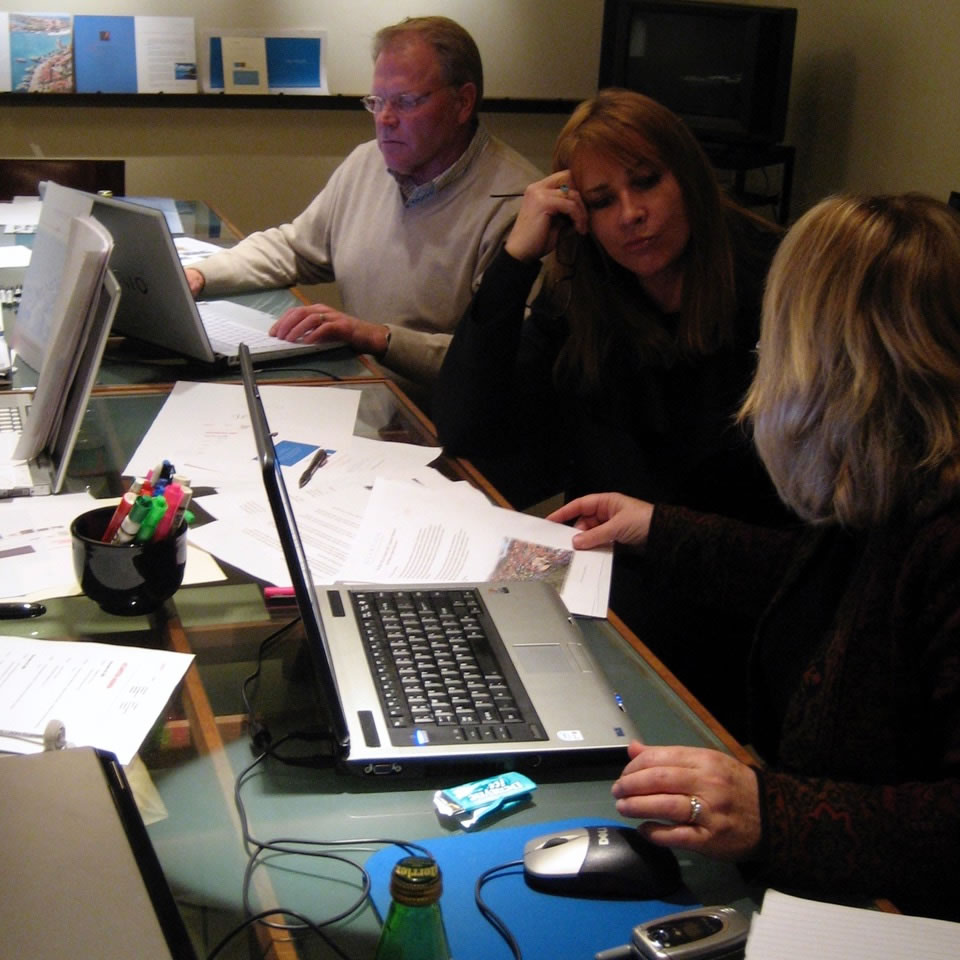
EVERYTHING CHANGES: IT’S THE ONE CONSTANT TO EXPECT—BETTER TO BE READY TO MOVE AT A MOMENT’S NOTICE.
In your constant study of the rising swells of trend, shifting landscapes of brand transitioning and evolving audiences, there will be invariably a point—a tipping point—when you, as brand leader, have to move.
And it’s likely, you know you can’t do this alone—there’s the supporting team, there could be external management, even offshore ownership, factory and production personnel—identify your key stakeholders and core brand tacticians to give each member a participatory hands-on, finger-on-the-solution, contributory involvement.
Framing the challenge, team-up overviews. Salisbury, North Carolina
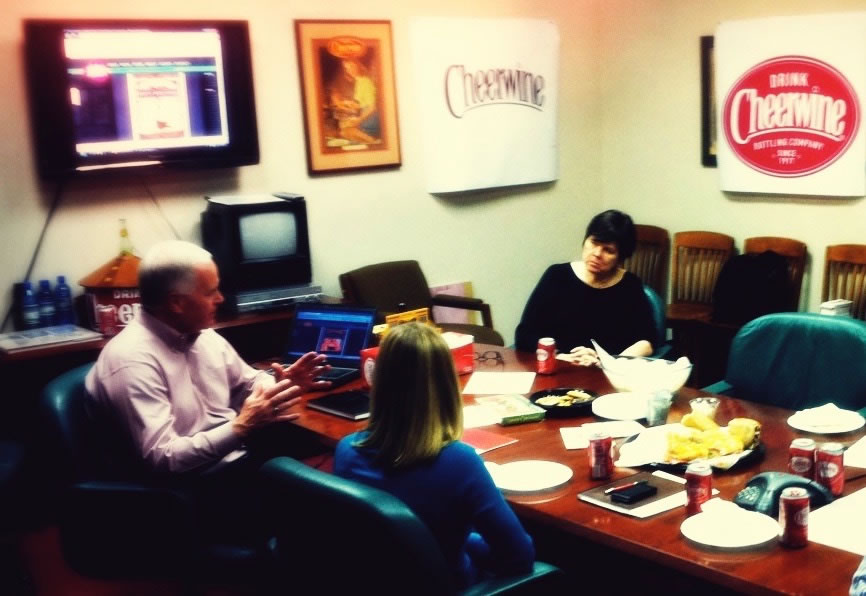
If there’s ever a challenge in brand management it lies in stasis. The static brand shall fail—there are always tunings and improvements—even brands that last for a century still require transitional, to market-responsive evolutions. The soul remains, the skin has evolved to a new telling.
The beginnings of our work lies in sorting—the past, perhaps even
400 years of passed time, the journey to the present.
Fukuju Saké Brand Summit, Kobé, Japan
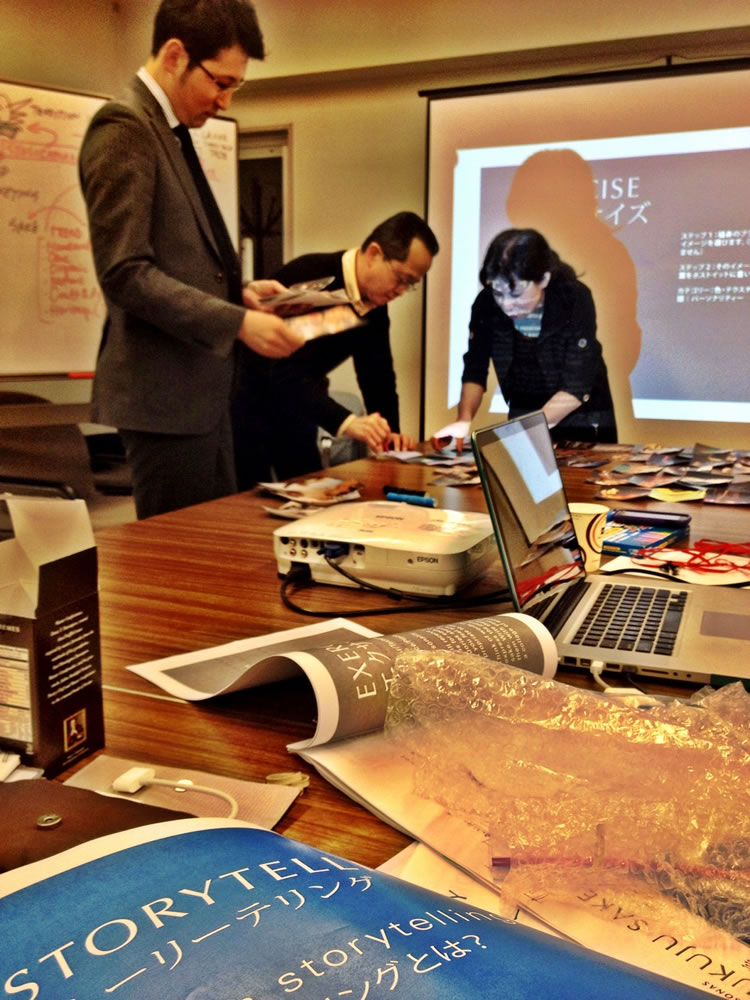
It’s important to understand organizational structure: sorting team members who are:
the most engaging leadership brand champions: studying the patterning of innovation;
the history of change—how change is managed;
the struggle of the paradigm—breaking through change obstacles and
deployment: the innovation shift—and the modeling of breaking brands free.
Trial insights and strategic evolutions—there’s a brand, a shift in direction: how could that be confirmed in live and/or digital trial, testing methodologies and analysis?
Team summit, Reno, NV
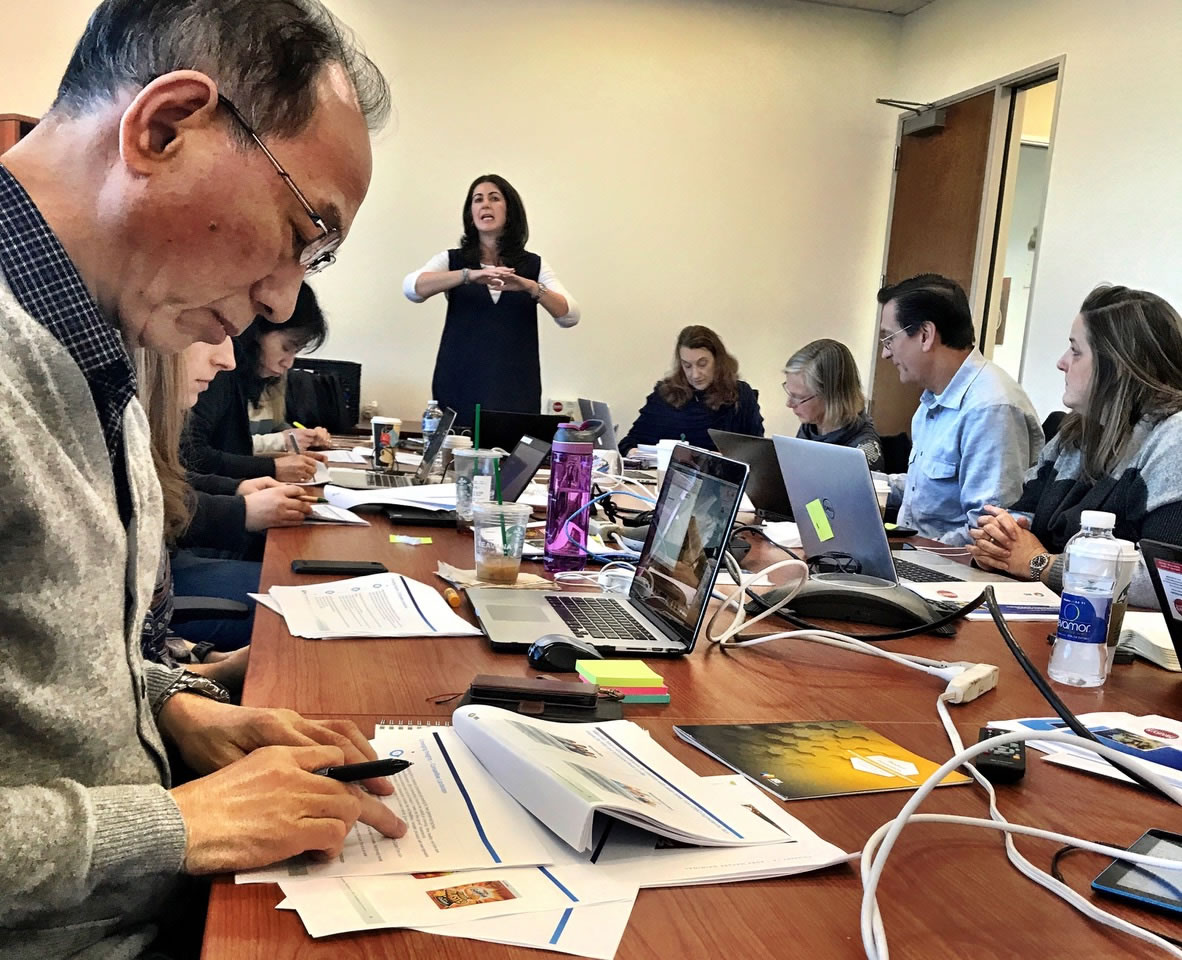
As a business person, a planner, and a student of international enterprise, working around the razor’s edge of innovation, I’ve been—we’ve been—exposed to some extraordinary people, ideas, teams and concepts.
It’s a blessing of change—the ability to change quickly; and it’s a deep knowledge dive—the journey of examining potentiality and actuality. Any innovation examination needs to frame the where, the when, the what of then, and what—to now?
Any brand shift has to refer to relevance and renewed utility—”this works for me—it’s useful, relevantly pertinent to my need state in the present. Changing it makes it better.”
And brand shift would speak to resonance—there’s a renewed enchantment.
And ultimately, any brand transitioning and innovation will speak to the interconnectivity of relationships—there’s a reflexive story to be carried forward.
That cycling is a 3R patterning: relevance,
resonance,
and relationships.
What are the possibilities of a brand, its team and their engagement to the community they serve? How could that brand storytelling be improved, altered, tuned, re-projected—re-launched, newly vitalized into a ever-shifting market place? Team learnings, sharing, brand study, visualizations and explorations of imagery linguistics, modeling studies, voice and messaging and brand cartographies, layering of content: message tiering; and principle-finding—the telling of brand-support teams: what they believe in, and who they’re speaking to.
Or who should they be talking to, and how?

Innovation could be invention. That might range from the inventive team at the University of Washington, exploring the concept of ultrasonic vibration for mouth care (Sonicare—later sold to Philips; to innovating a proposition of commerce: building a new web site, breaking the paradigm of conventional pharmacy sales (months before Drugstore.com [Walgreens.com, at present) in the positioning and innovation strategy of Girvn’s creation of Thomas Piggott’s SOMA.com [sold to CVS.]
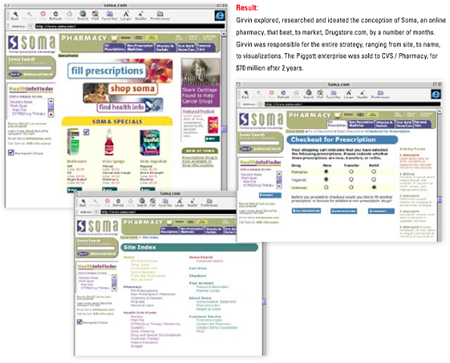
These experiences led to a continuous round of “NBD,” working on new brand development with CEO A.G. Lafley’s team at Procter&Gamble. GIRVIN named the P&G community echo chamber, Tremor. For years, our only role at P&G was
brand performance development for Mr. Lafley.
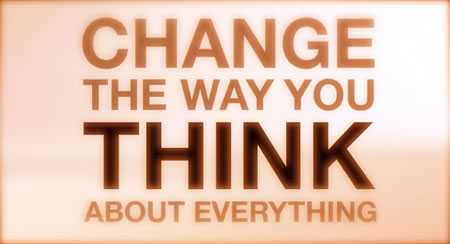
We built the naming and innovation strategy that led to creating Nordstrom’s Zella, a top-performing sports, fashion brand.
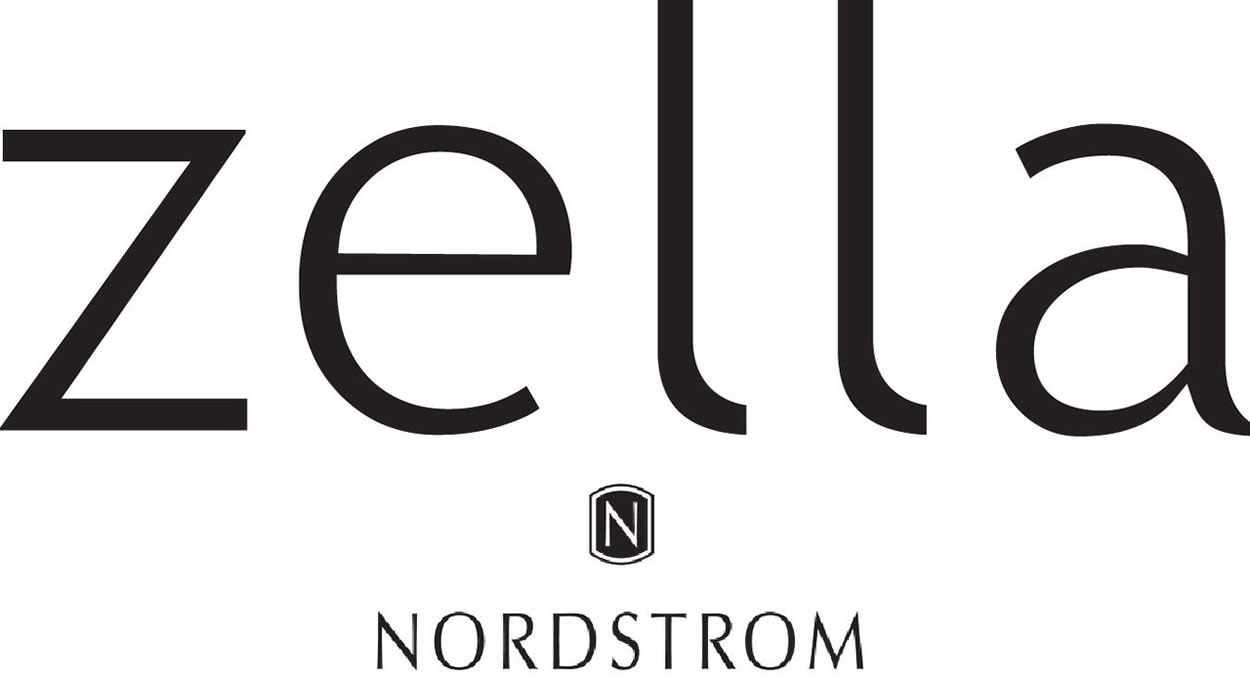
We worked with the scientific team innovated an entirely new proposition of pattern organization in trial analysis for biomedical research insights and tactical developments Pattern Computer.

PATTERN COMPUTER
LAUNCHED IN SAN FRANCISCO, CA.
That exploration continues.
P A R A D I G M
S H A T T E R I N G
There’s a theory that the human mind shuffles—shuttles against—the edge of an obstacle until, literally, something happens—with a team, the multiplicity of minds builds towards a tactically intelligent solution set—many minds, one answer.
That is—the battering against that wall charges up until a blinding or unexpected insight forces a jump over the top. And a new platform, or plateau, is created. The positioning that is curious about this theory is the idea that there might be a kind of gathering force, a storm of ideas, that builds to the creation of an innovation. Others explore this idea in the notion that a tidal product conceptual or technological surge is part of a gathering mind fullness about potential shifting, that tips the scale of action in product development. It’s not the one big idea, it’s the many that gather around the edge of a challenge, and move through it to something new, more.
Innovating place-making | building a place-brand from scratch
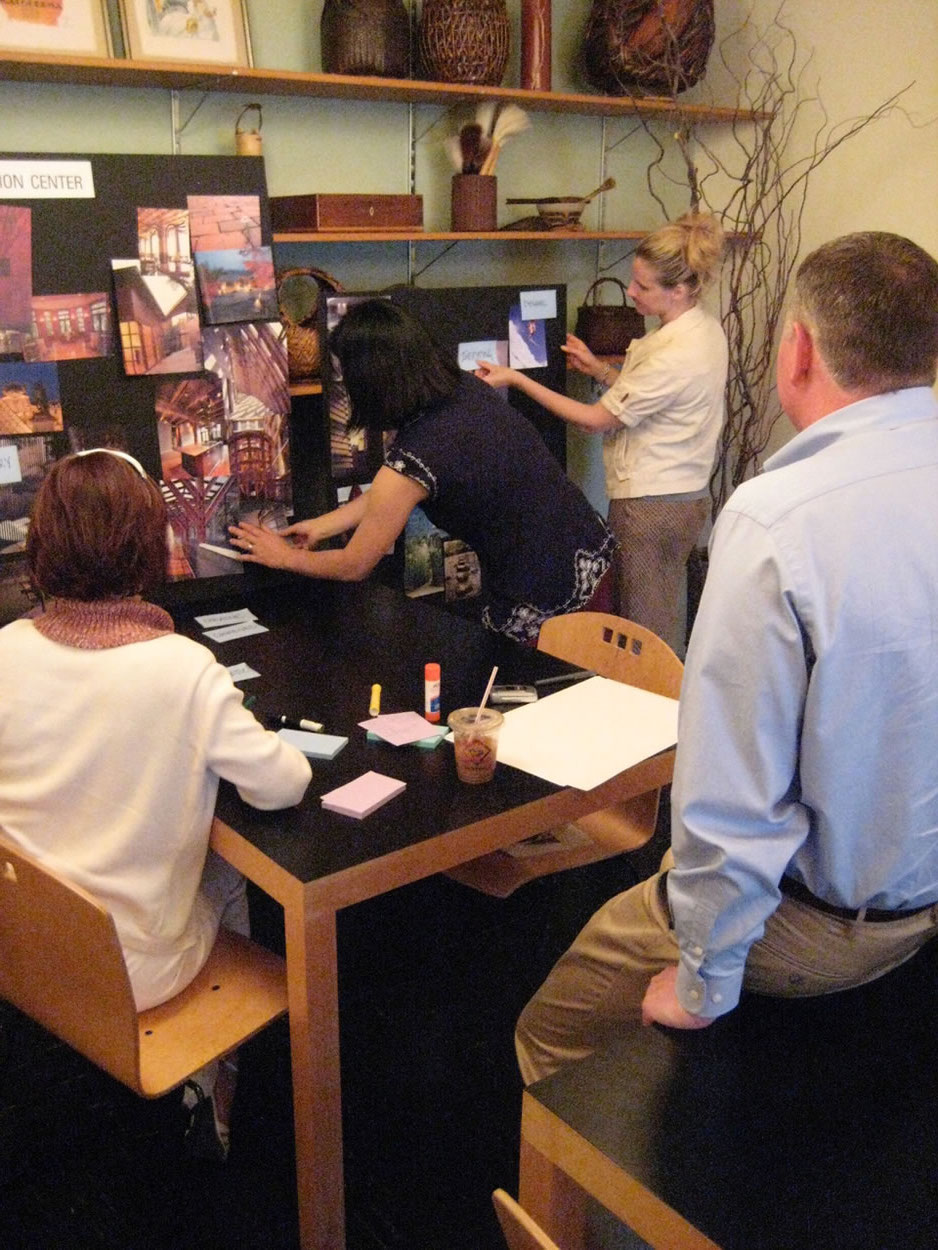
Phil Roos, GfK Strategic Innovation, a director of strategic research, offers that while a perception of “great innovation results from a mysterious combination of forces that make it appear to fall from the sky.” An interpretation suggests a randomized patterning—“divine intervention, the harnessing of creative genius or luck, to many, innovation seems to surface at random moments and emerge from circumstances that cannot be reproduced or understood.” However, trending shows something different, a 30-year analysis of 300 product categories covering 225 countries, it becomes clear this perception is false:
Tomorrow’s winning innovation can actually be predicted.
WINNING CAN BE MADE,
STRATEGICALLY- BUILT AND
TACTICALLY INFORMED.
The concept suggests that the spirit of innovation is a kind of cumularity of actions,
a cloudmind of advancement that brings products into play.
Team built summit on beauty, San Francisco
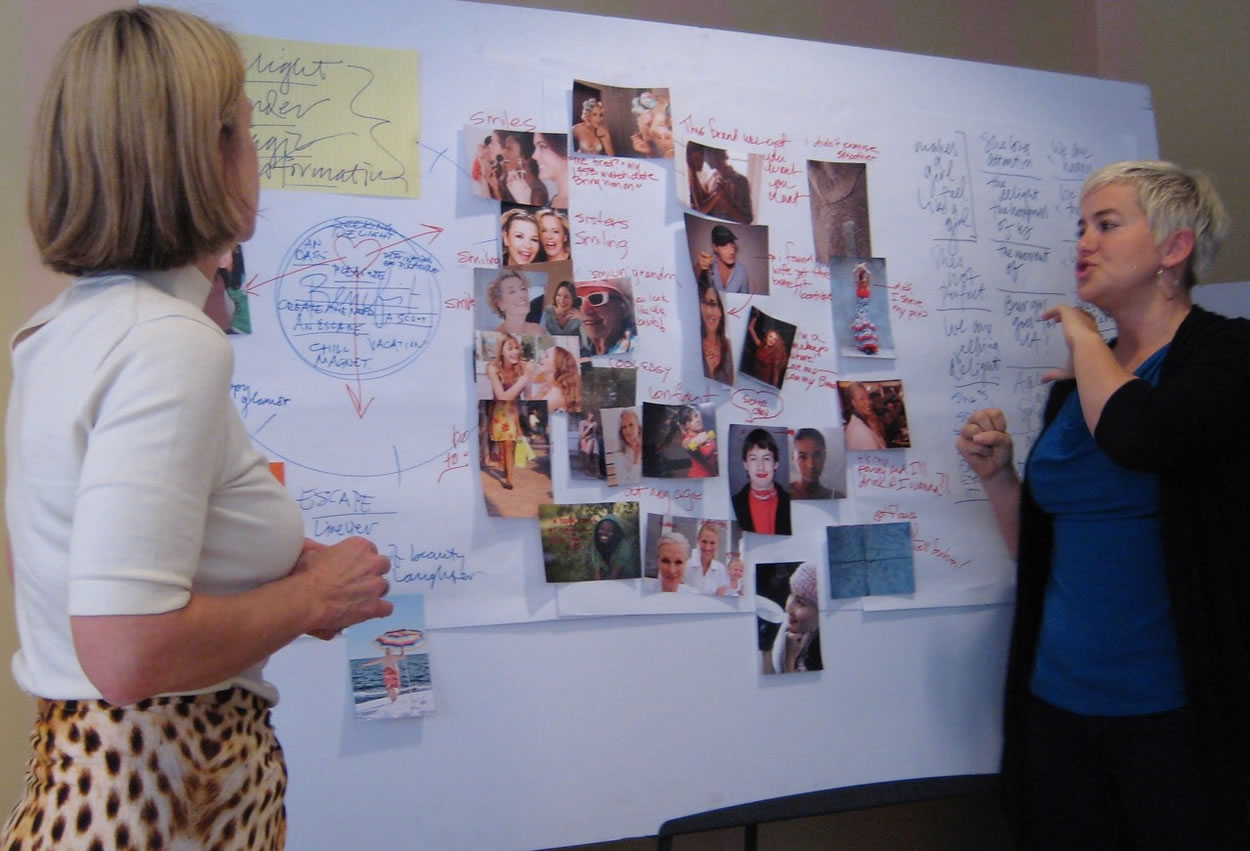
Great innovation builds on evolution and does not require people to make radical changes in beliefs or behavior alone—it can be cumulative. Breakthrough innovation is actually a small advance or twist on an established ideation—change is evolutionary, its impact from can still be revolutionary.
Team Brand Summit | Paper Inventions | Chicago, IL, and Neenah, WI
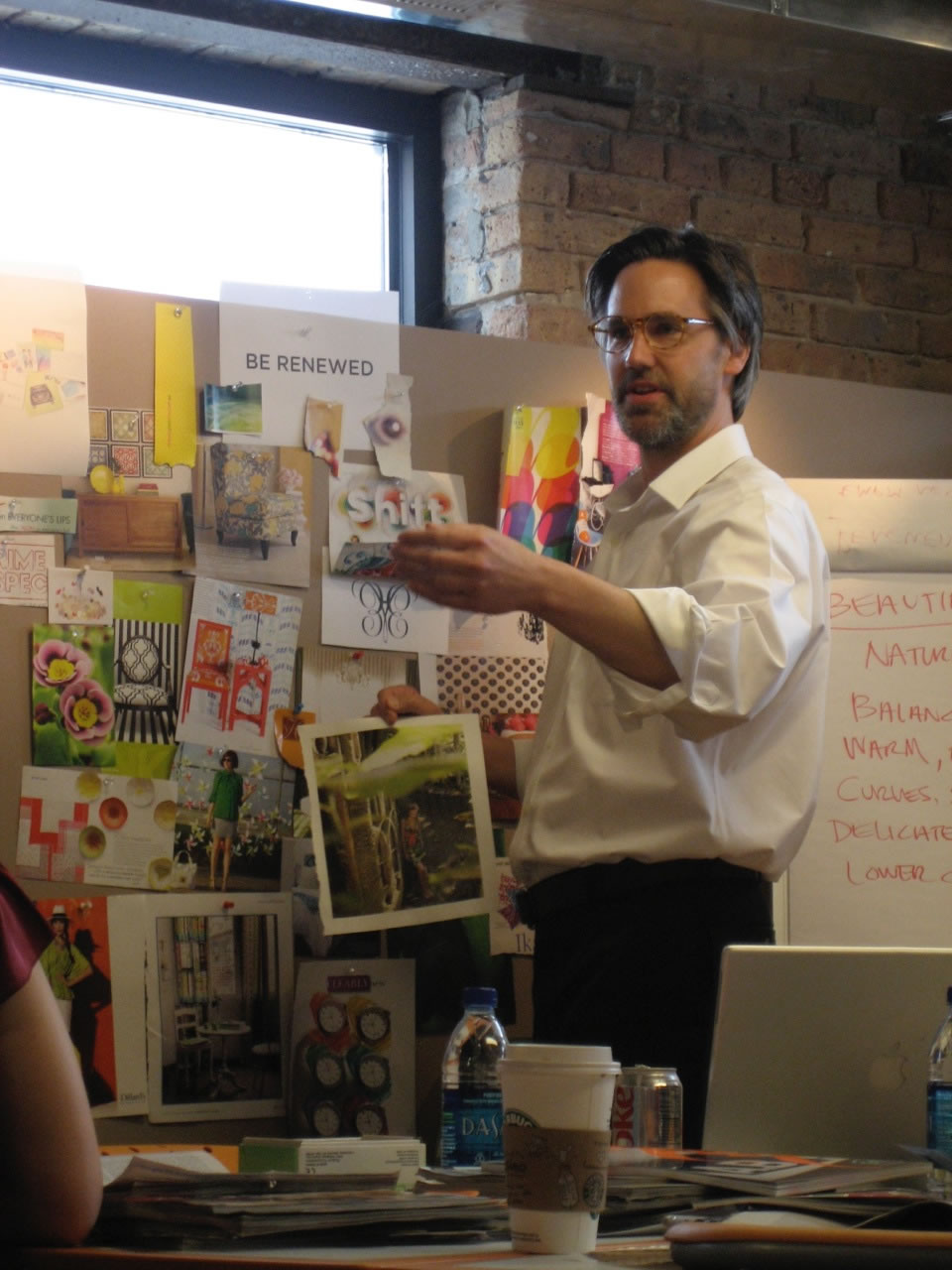
The idea of innovation, against the bridging movements of time and cumulative invention and insights, coupled from the needs of the market, is actually a patterning that has some predictability. This might be construed in the construct of new “news”—cross-pollinating ideas across categories of development in the form of new features/benefits first gets launched by smaller players. Competitors then add new twists, and eventually the marketing category reaches a “tipping point” where an idea occurs with enough frequency for it to reach mass adoption. This might be defined as a fusion of innovation — the flux and flow of exploration, need, brings the characteristics of desire, and cross-pollinates across categories and markets.
Strategic cartography, White Plains team overview, NY
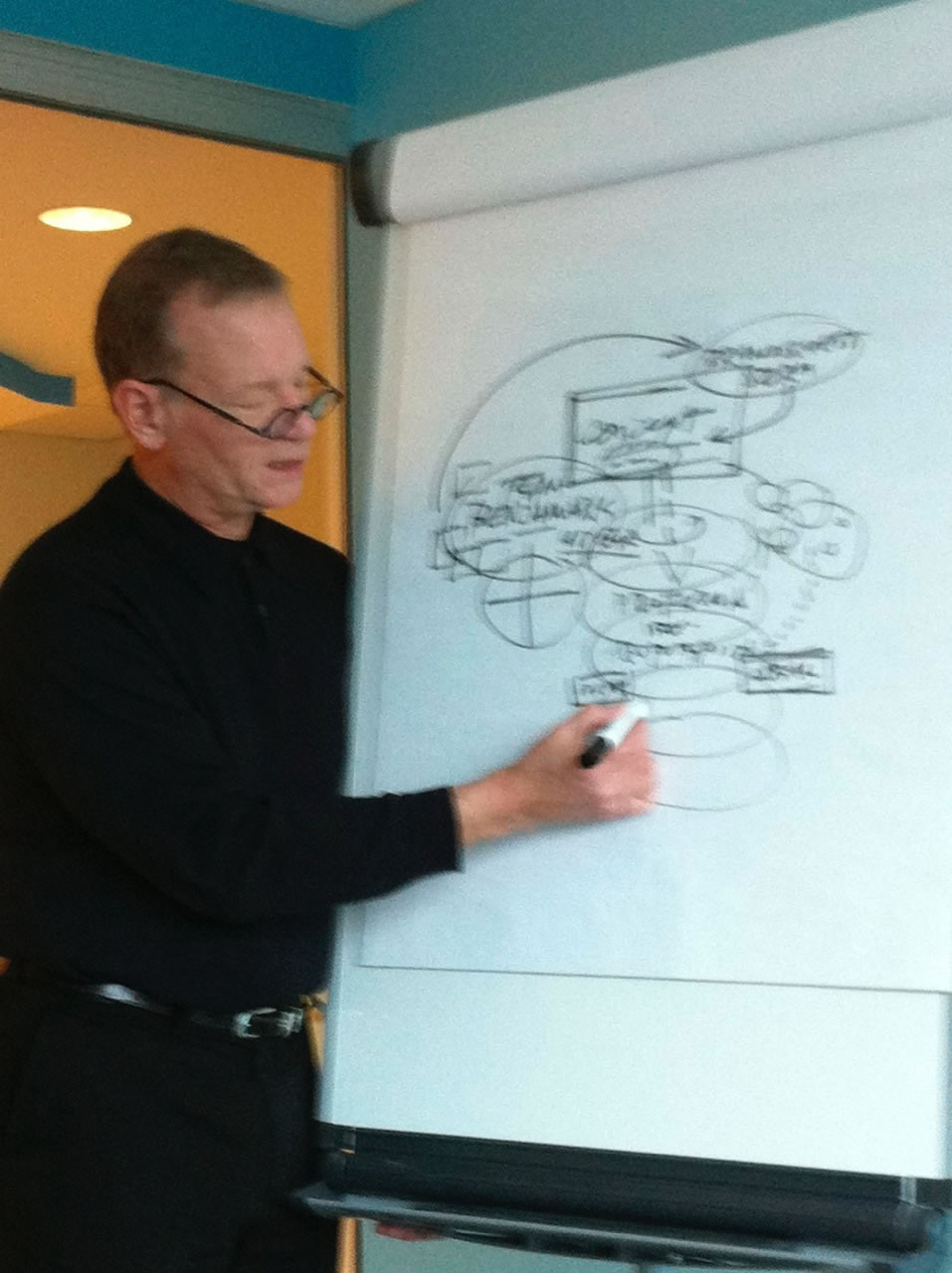
A D V A N C I N G
N E E D C O M P R E H E N S I O N
Any innovation patterning is a comprehensive awareness of needs and the shifting movement suggests waves of successful mass-market innovation in various categories. The model of progression and study moves back decades studying the opening, early-trending, core motivators of the category of marketing and product brand expression. These are inherent issues of human need in satiation, foundations that are: well being, a sense of safety, convenience and gratification. These sensations of humanity can be linked to marketing category — a personal sense of health, of impression: beauty, and finally, ease. These, fundamentally, are the magnetizing draw in the beginning of any relationship.
Channel strategy explorations and summary overviews, Westchester, NY
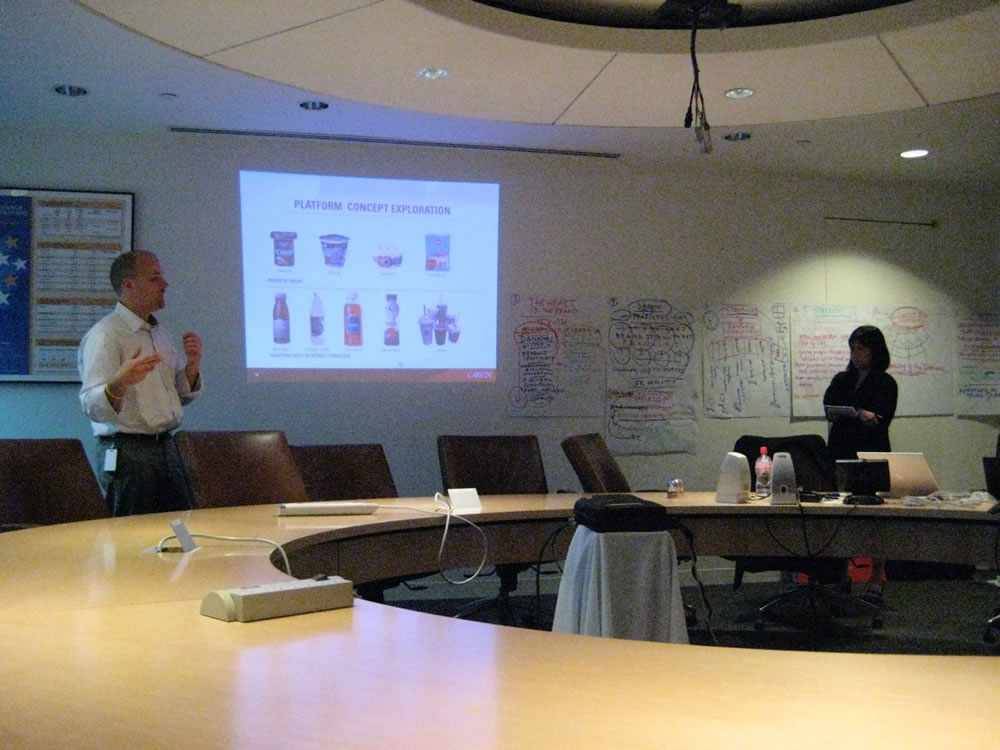
The procession of waves of innovation include products, that continuously deliver more advanced expressions, of these core motivators ignite the fusion of benefits and the aligned presentation of secondary benefits. The model also plots where a category is in its evolution and shows it relative to other categories. This comparison pinpoints how a less-developed category may be influenced in the future by innovation “seeded” in more developed categories.
Based on this experience, it’s easy to predict how and why consumer needs evolve. What is hard is to know what to do in response and when to do it. There are distinct processes that create these alignments, and the meaningfulness of brand, to connection, to channels of relationship. This processing might be simple — it all comes to a yes or no — but the question really relates to how the opening query is formed against the advancement of change and innovation.
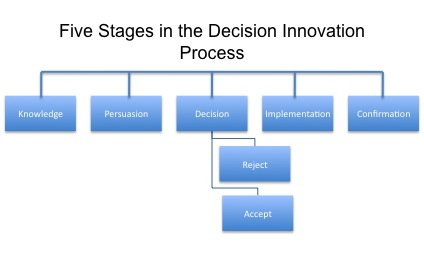
T H E D I F F U S I O N
O F I N N O V A T I O N
Innovations, to flow, suggest rate of action—and there are added theories to this proposition—how innovations flow into society applications and cultural embracement. To paraphrase some added researches, for example, diffusion of innovations is an actual theory examining how, why, and at what rate new ideas and technology spread through cultures.
Thinkshopping ideas, illustrating processes—Seattle questing
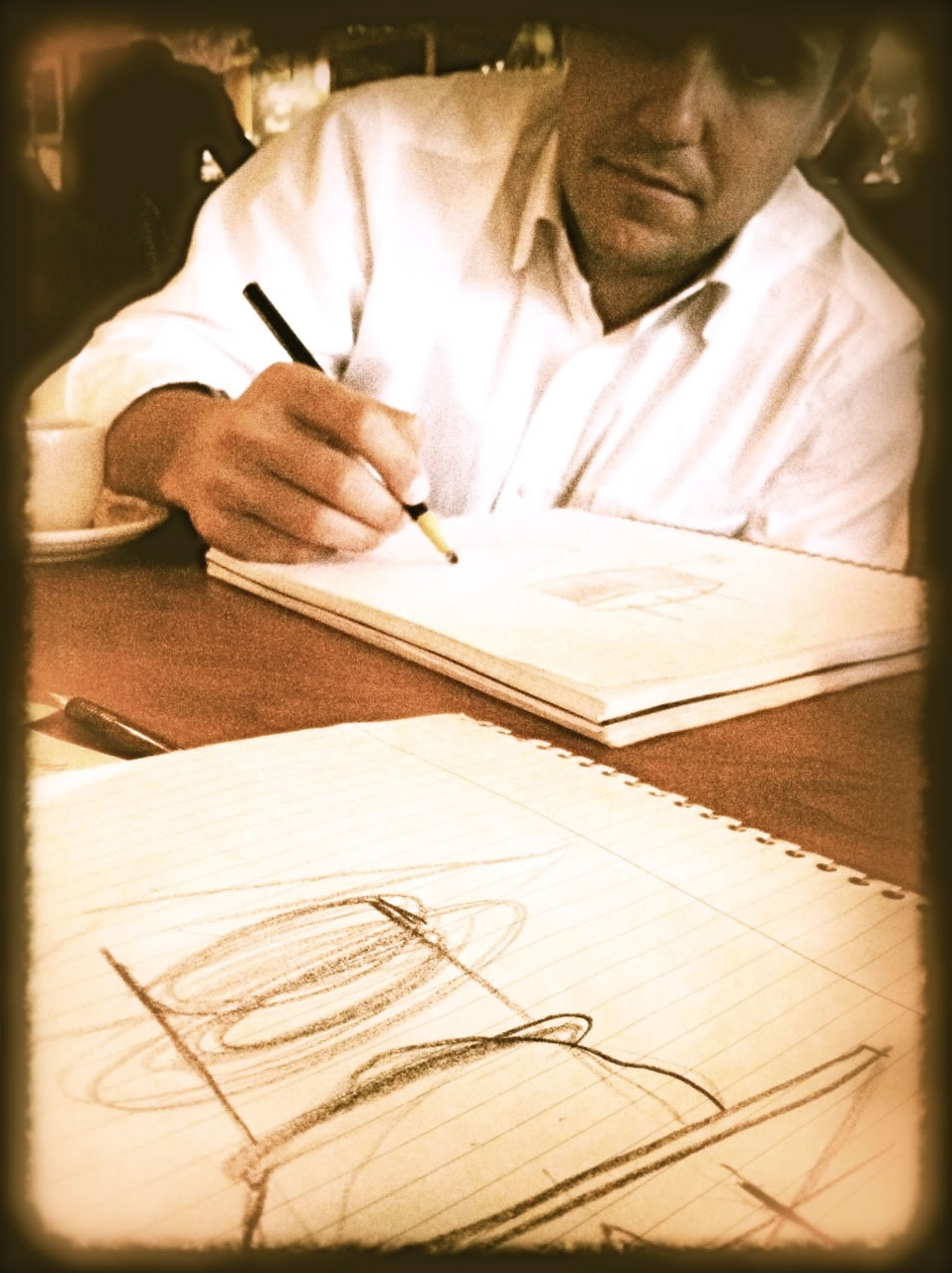
And this isn’t a new path of engaged study. There is historical precedence: the concept was first studied by the French sociologist Gabriel Tarde (1890) and by German and Austrian anthropologists such as Friedrich Ratzel or Leo Frobenius. The opening theories in action—cultural influence and activation—was described by H. Earl Pemberton, who provided examples of institutional diffusions such as postage stamps or compulsory school laws. In a published exploration of the creation—and innovation—see Ryan and Gross on the diffusion of hybrid corn in Iowa.
This was the first sustainably visible contribution in a broader interest in innovations which was especially popularized by the textbook by Everett Rogers (1962), Diffusion of Innovations (Rogers 1964). The metaphorical concept of flow-through—from the opening spark to adoption, defines diffusion as “the process by which an innovation is communicated through certain channels over time among the members of a social system.”
Corporate workshopping | mission and visioning—“where are you, who are you, what do you stand for—who cares about your story?” Portland, OR
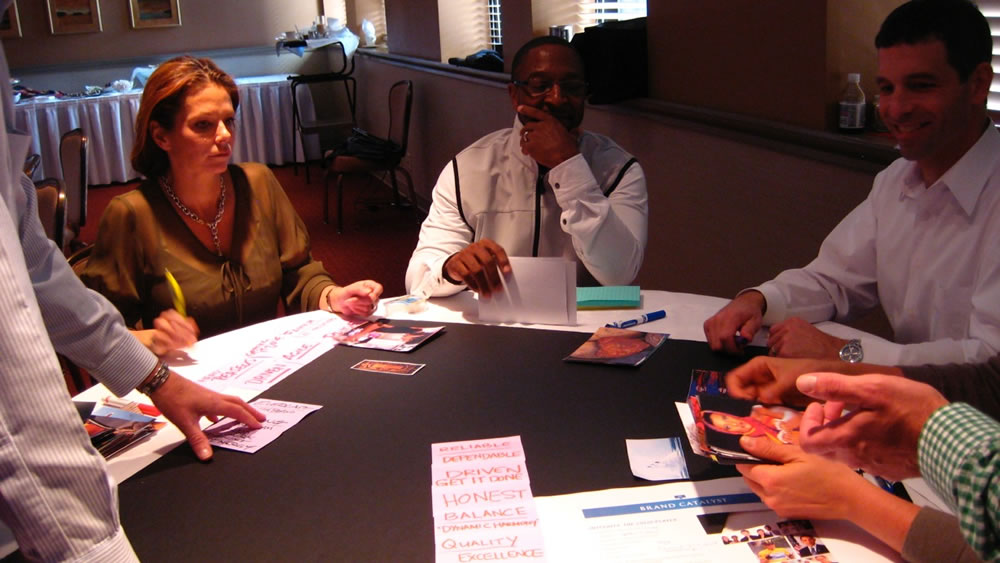
Seeing trend, in watching evolution and adoption, visualized in a series of relational curves of connectedness — from early adoption and innovation acceptance, to broader consumer and cultural impression: the diffusion of innovations according to Rogers. With successive groups of consumers adopting the new technology (shown in blue), its market share (yellow) will eventually reach the saturation level, as noted in this chart from Wikipedia.
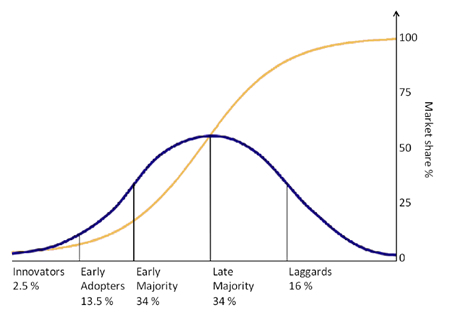
E V O L U T I O N S I N
T H E T R E N D S O F N E E D
To the definition of a final and critical piece: identifying future innovation that will deliver against the evolving needs. To do that, all of the innovation news / advancements in a category can be strategically mapped over time, much in the manner of a sequencing order of procession, like the river of flow, a familiar metaphor of channeling and market. Older stream runs create fluent branches that represent comprehension in concepts that is already “mainstream” to consumers. Newer channels of flow indicate emerging and future news, which can be identified well before it hits the mass market.
Workshopping strategy, GIRVIN, NYC, NY
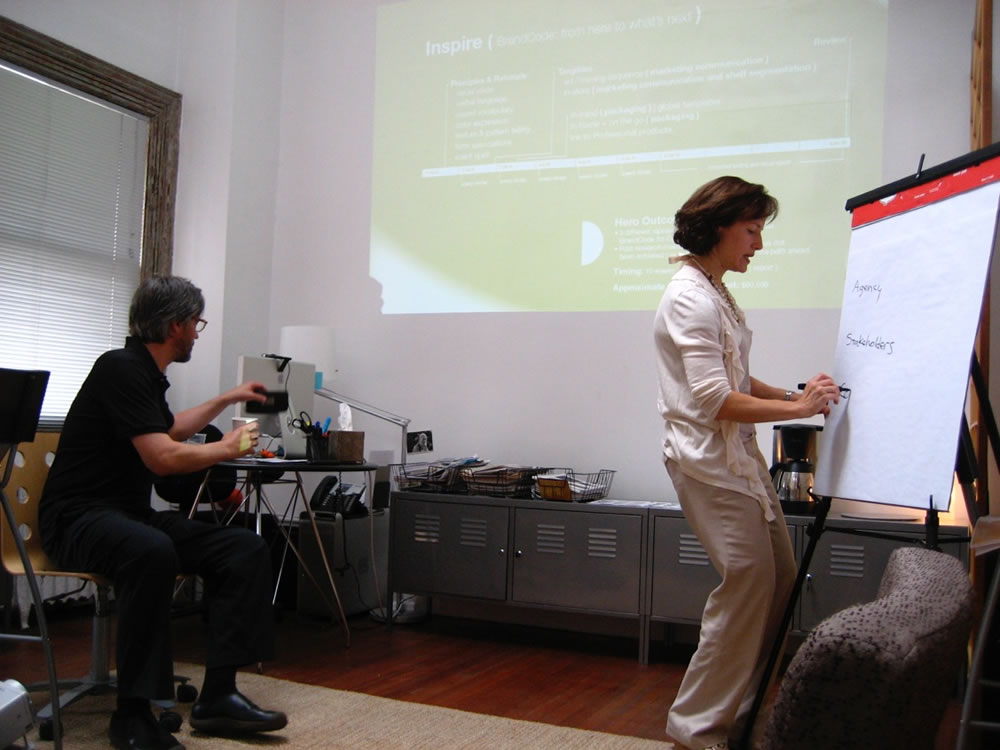
T H E C O N C E P T
O F T H E Q.U.E.S.T.
Our approach is focused on learning about these processes and applying them as part of an evolution in new ideation and product development as a team-based, GIRVIN-facilitated exploration, the BrandQuest®. That notion of questing — and QUEST — might be positioned in the sequencing of this acronym initialization: Question — asking and exploring insights and trends, whether large movements or smaller dispositions of marketing and interest shifting. That sense of trend, and marketing awareness, lends itself to a positioning of Understanding; any examination of the ideas that might be associated with new brand development and trend can be found in Exploration. Finally, there are expectations in team leadership — how to guide, implement and ignite the adoption by the top-tiered stakeholder team: Strategic evolutions. Lastly, the empowered hybrid inculcation — getting the actions in play — and Tactical implications —
the action plan of implementations.
Large team exploration forums \ holistic strategic summits, North Lake Union, WA
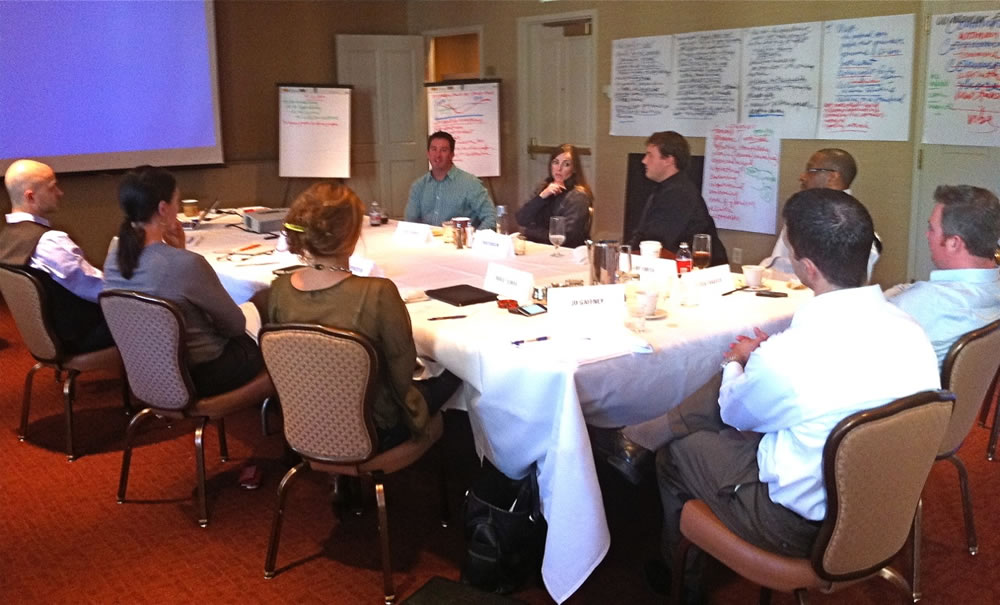
Brand innovation champions
Any questing efforts requires leadership and key empowered champions of the movement. That might be to the comprehending and visualizing the brand — but more so, the leadership of trending shift. In our experience, that might be a CFO, sensing structural and capital shifts in resources and acquisitions; a CEO seeing faltering sales in certain areas; CMOs considering the continual brand expansions and evolutions. It takes leadership to move beyond “safe,” close-in innovation and truly do the work required to be future-thinking. This is particularly challenging in an economy where each and every marketing dollar is being scrutinized. But this type of leadership is essential to position the organization and its brands squarely against the highest potential future opportunities. It’s all about change. GIRVIN’s approach to exploring innovation and brand revolution starts in studying the trends — the moving rivers of consumer insights — empowering the key stakeholders for a flow-through of highest level ideas and insights that then incorporate conscious comprehension of trends and tidal shifts in product relevance and resonance.
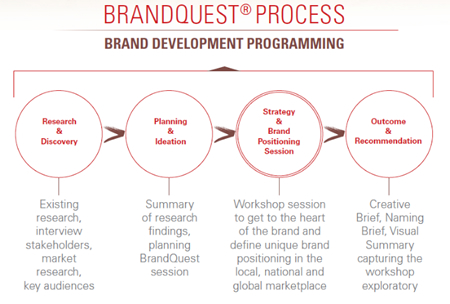
Any team can find the concept of exploration — but the challenge is the nature of the inquiry — the heart of the quest: seeking and digging into the heart of brands, leadership, community, relationships, story, innovation and insights — that lead to diffusion and relatedness.
Finding treasure.
Most importantly,
it should be fun.
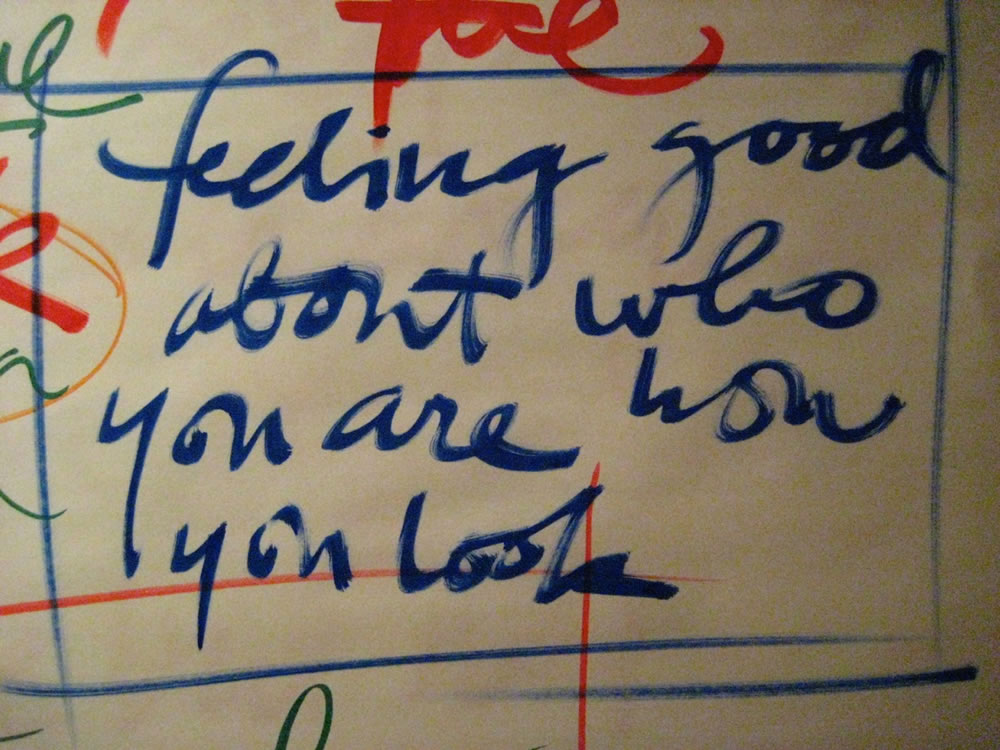
Tim Girvin | GIRVIN | Osean Studios
….
BrandQuest® insights
of the aligned leadership team:
Human branding
